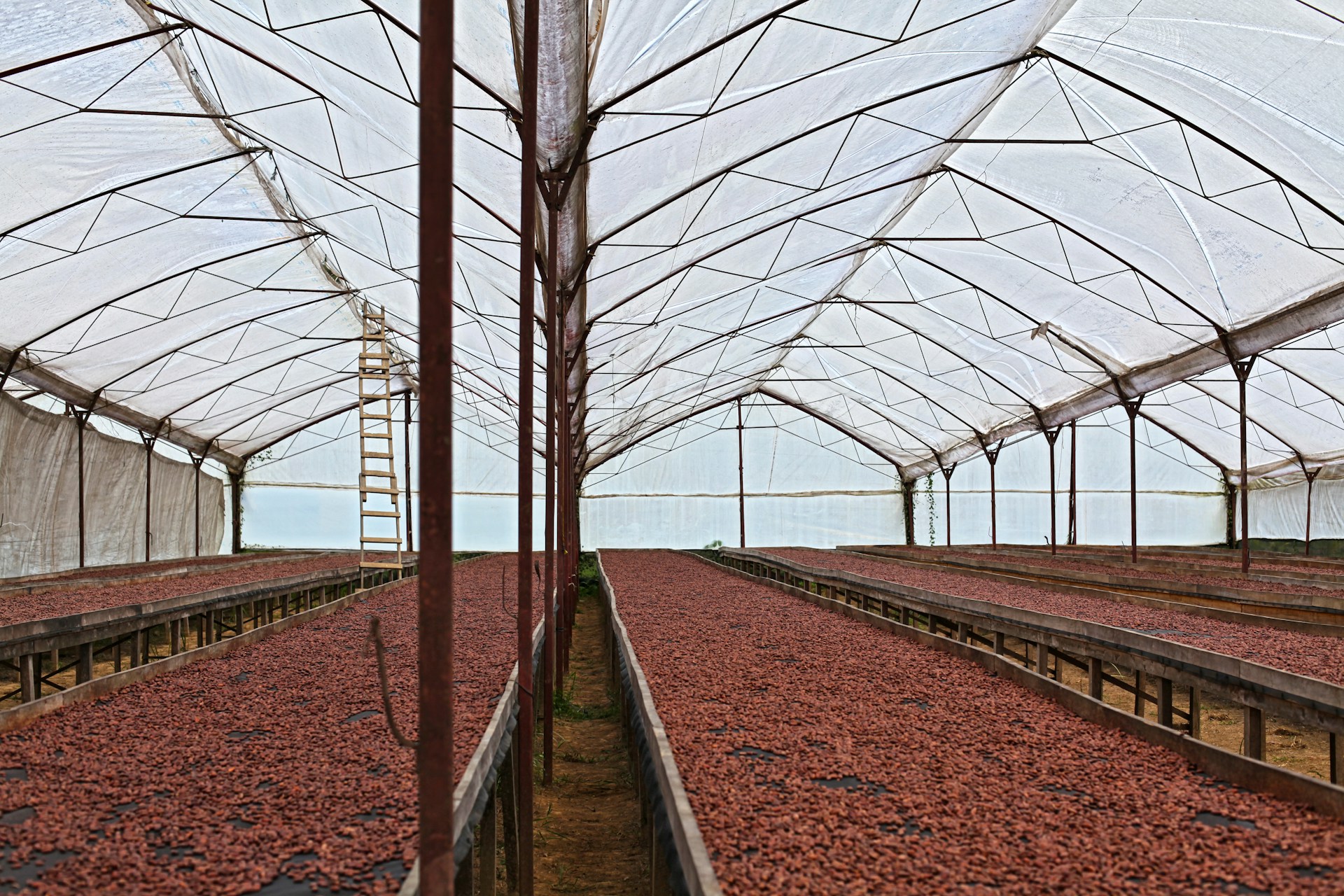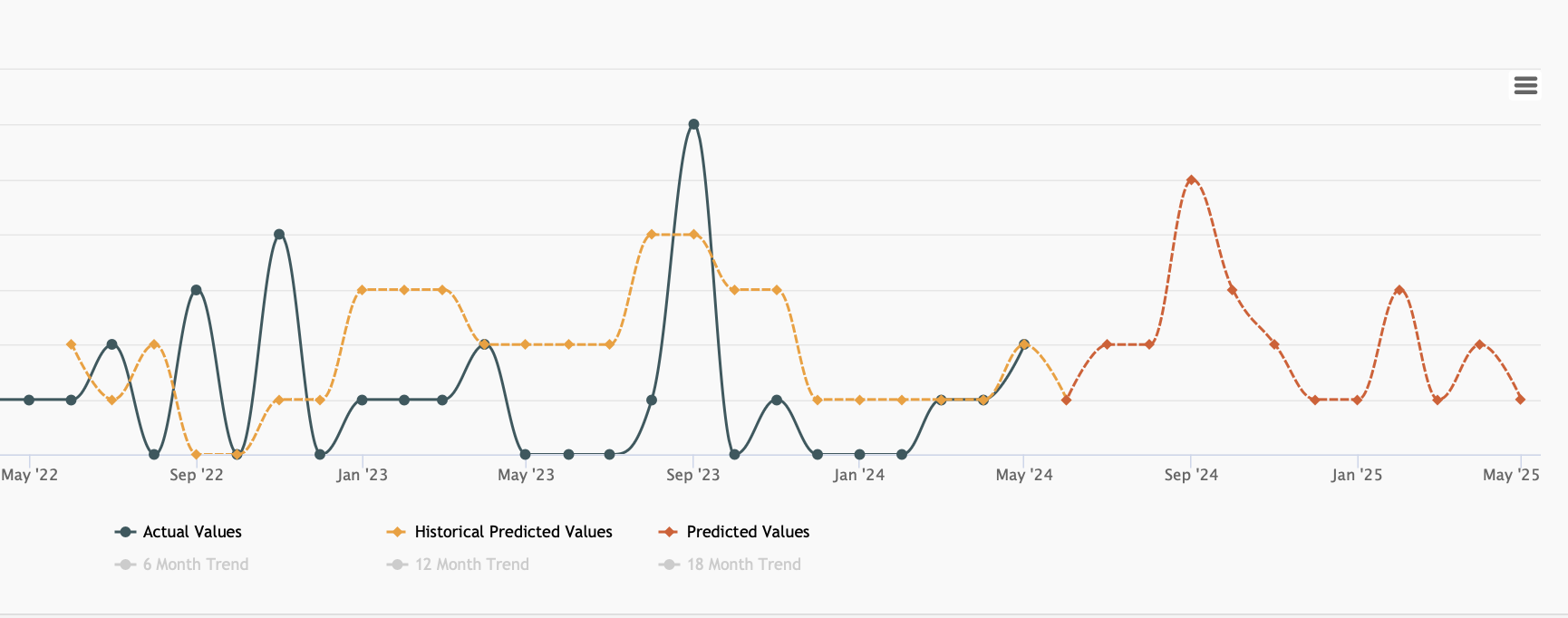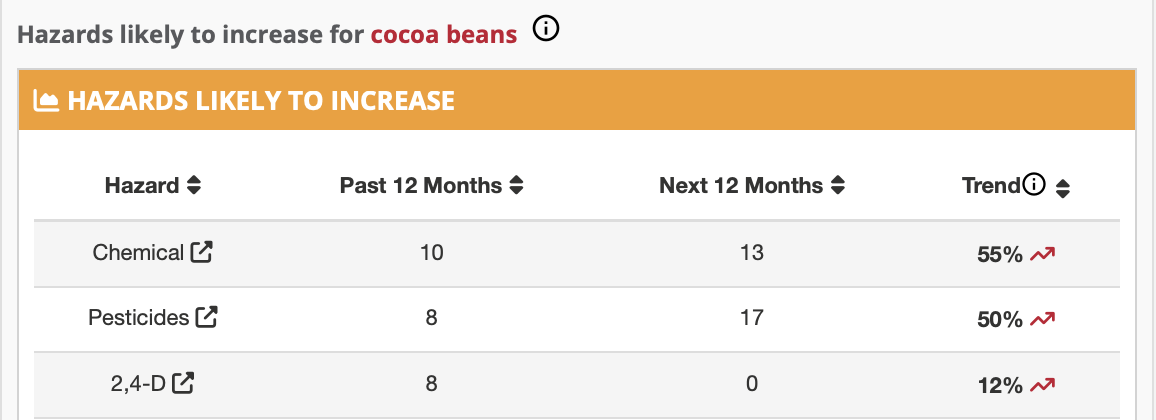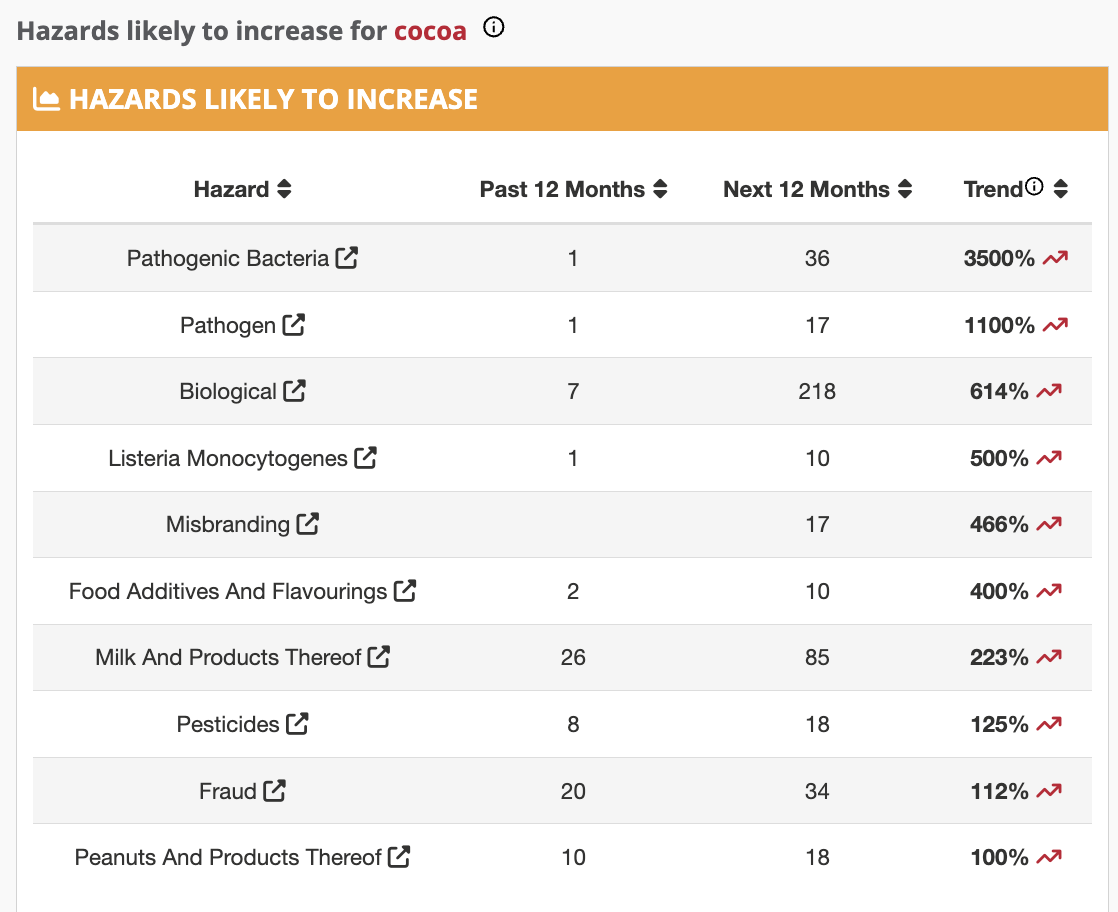
Forecasting Food Safety and Fraud Risks in the Cocoa Market 2024: Insights for Industry Experts
Current market outlook
The price trend of cocoa has been sharply upward in 2024 due to significant supply shortfalls from major producers like Côte d'Ivoire and Ghana. These countries have faced various challenges including crop diseases, aging trees, and unfavorable weather conditions, which have significantly reduced cocoa production. As a result, cocoa prices surged from around $7,100 per metric ton at the beginning of March 2024 to over $10,000 per metric ton by the end of April 2024. As of mid-July 2024, the price has seen a slight decline from its earlier highs but remains significantly higher than in previous years.
The cocoa market is experiencing backwardation, where near-term contracts are priced higher than those for later dates, indicating ongoing supply concerns. This has led to a substantial increase in futures prices as well. The high prices have also started to impact chocolate manufacturers, who are passing on these costs to consumers, leading to more expensive chocolate products.
While there is some speculation that prices might stabilize or slightly decrease later in 2024 or early 2025, it is highly unlikely they will return to the levels seen in early 2023 due to persistent supply issues and new regulatory requirements like the EU's deforestation-free regulation, which adds additional cost pressures. Thus, high cocoa prices are expected to persist in the near term.

This market situation increases the risk of fraud and food safety issues for cocoa. Continuous monitoring of the data for these factors and of the relevant studies for adulterants is needed. However, studying such a large amount of data cannot be done manually by the experts for all the materials used in their supply chain. This is where AI can help a lot by automating the monitoring process and forecasting food safety and fraud issues.
Let’s see what the AI forecasting models forecast for food safety incidents.
Using Multi-factor forecasting AI models to assess food safety and fraud risk in cocoa
As analyzed at the current market situation several factors may affect the future hazards and fraud issues in cocoa.
To model this, in FOODAKAI we have developed forecasting models for future food safety and fraud issues that use several factors from our supply chain including historical food safety and fraud incidents, laboratory testing data and weather data.
Let's see the results of the forecasts for cocoa raw material (cocoa beans) and processed cocoa.
Incidents trend forecasting for cocoa beans
For the cocoa beans, the forecasting models predict an increase of incidents by 118% within the next 12 months with a peak of incidents to be expected in August and September 2024.

This increase is also clearly depicted in the image below of the 6-month trend.

The hazards that forecasting models highlight as increasing in the next months are primarily chemical, including pesticides and more specifically 2,4-D a well-known herbicide used in cocoa bean cultivation.

Incidents trend forecasting for processed cocoa
As regards the processed cocoa products, again the forecasting models forecast that we will have an increase in the number of incidents of 131% within the next 12 months. Three peaks of incidents are expected in July, September 2024, and January 2025.


As for the future hazards for processed cocoa products, a high increase of biological issues is expected but also several issues that have to do with the use of pesticides and allergens. In addition, fraud issues and specifically misbranding issues are forecasted to increase.

Such insights could be combined with a thorough literature review on the adulterants that may be used in cocoa.
Navigating the Challenges: Recommendations for Industry Stakeholders
For food safety and quality assurance experts, the anticipated challenges in the cocoa market necessitate proactive measures and strategies. Ensuring the authenticity and safety of cocoa will require enhanced surveillance, stricter compliance with regulatory standards, and the adoption of innovative technologies for product testing and traceability.
- Enhanced Surveillance: Monitoring of cocoa products for pesticide residues and other contaminants should be intensified, leveraging advanced analytical techniques to detect and quantify potential hazards. AI technology can be harnessed to highlight the high risk and enable risk-based monitoring in testing and auditing. Dynamic risk is very important in such cases and should not be based on outdated data.
- Regulatory Compliance: Stakeholders must ensure strict adherence to local and international safety and quality standards, fostering transparency and accountability in the supply chain.
- Innovation in Product Testing: Adopting cutting-edge technologies, such as DNA-based testing, can significantly bolster efforts to detect fraud and verify the provenance of cocoa products.
The cocoa industry stands at a crossroads, with the challenges of the recent production year and new regulations casting a long shadow over the market's future. The role of food safety and quality assurance professionals in navigating these challenges is critical. By embracing advanced technologies, strengthening regulatory frameworks, and fostering collaboration across the supply chain, we can mitigate the risks and ensure that the cocoa market remains robust, resilient, and, most importantly, safe for consumers.
Want to receive helpful food safety intelligence in your inbox?








